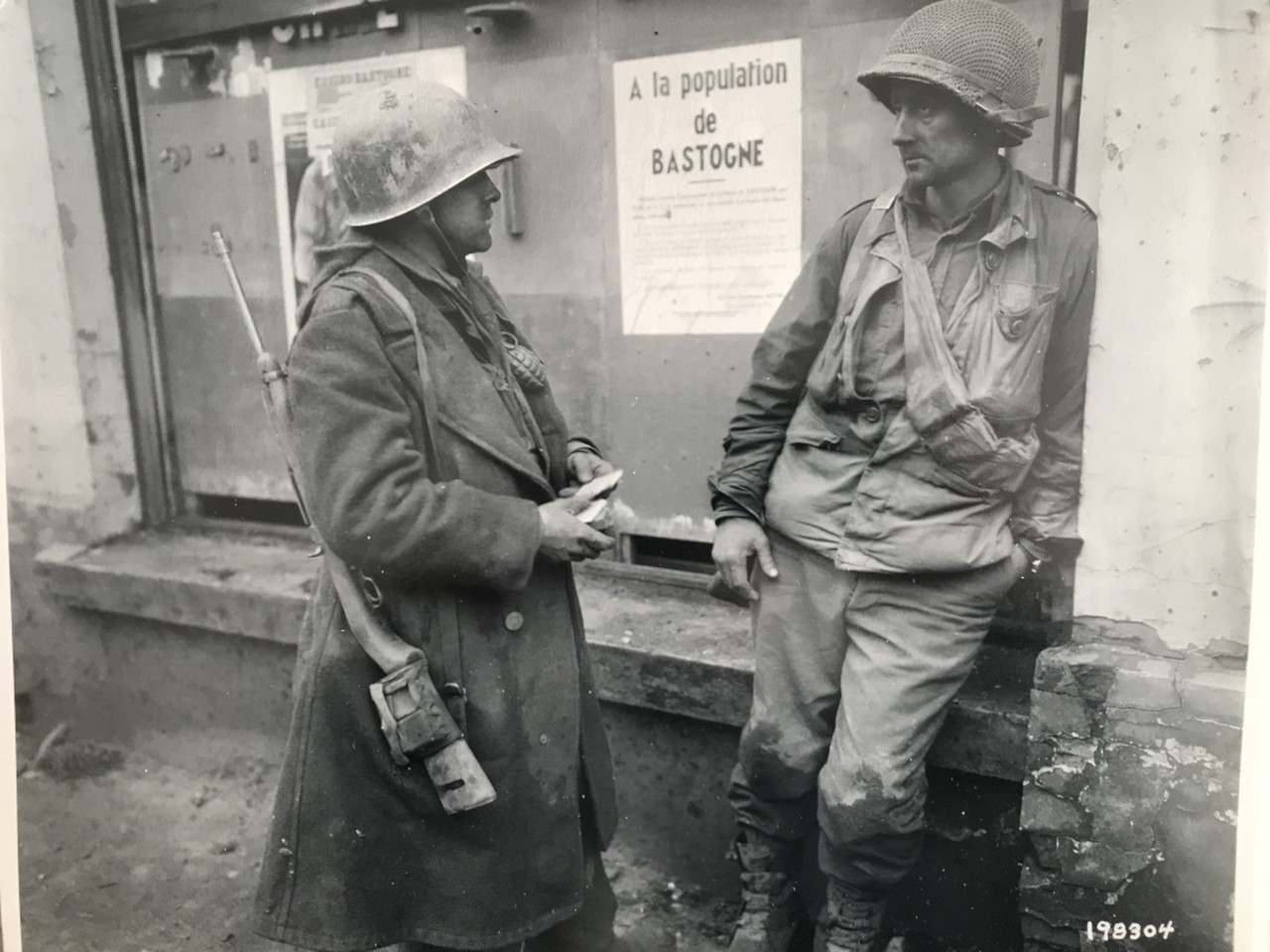Museum of the Ardennes Counteroffensive, Clervaux
Luksemburg
Oznacz
Plan
Udostępnij
Trasa
Destroyed by tank fire on 17 December 1944, the castle of Clerf was renovated after the war. It now houses an authentic museum of the ’Cercle d'Etude sur la Bataille des Ardennes‘ (CEBA) depicting the regional and local events of the 1944 Battle of the Bulge.
In the centre of Clervaux you are greeted by a US Sherman tank, which was destroyed during the dramatic defence of the castle. A German anti-tank gun (PAK 43) with the dreaded 88mm calibre, left behind near Clerf during the retreat of the Wehrmacht and can also be viewed near the castle. Since it’s opening in the early 1970s, the museum has been continuously expanded. Realistically designed dioramas tell the chronological story of the dramatic battles from the defence of Clerf at the very beginning of the offensive, the reoccupation by the German Wehrmacht, to the final liberation during the US counter-offensive at the end of January 1945.
It is impressive to encounter the thematic treatment of the tenacious resistance of ordinary US soldiers against the initial German superiority, the panic stricken flight of the civilian population and the misery experienced in the ruins, as well as the struggle for survival of the soldiers on both sides in their foxholes during the freezing winter of the century.
In countless displays , personal belongings of soldiers and civilians are presented, which, with additional information, provide a touching testimony to the horrors of war. Also of great interest are the countless personal photos by Tony Vaccaro, who became famous as a US Army photographer for his thousands of combat photos. The difficult postwar period of reconstruction and the special role of Grand Duchess Charlotte in supporting those in need by way of her philanthropic efforts with her foundation and her compassionate personality are also thematised.
In the immediate vicinity of the palace is a monument which was dedicated to the ‘GI’ by the CEBA association honouring the brave common soldier. Every year, commemorations are held there in memory of the beginning of the Battle of the Bulge on 16 December 1944.
Guided tours in five languages can be requested via the museum.






